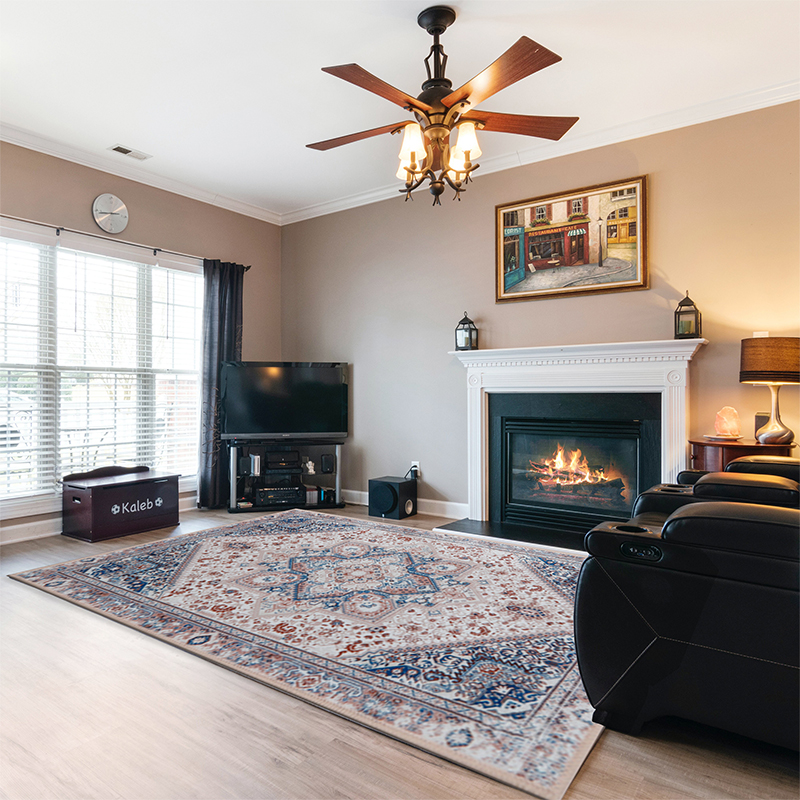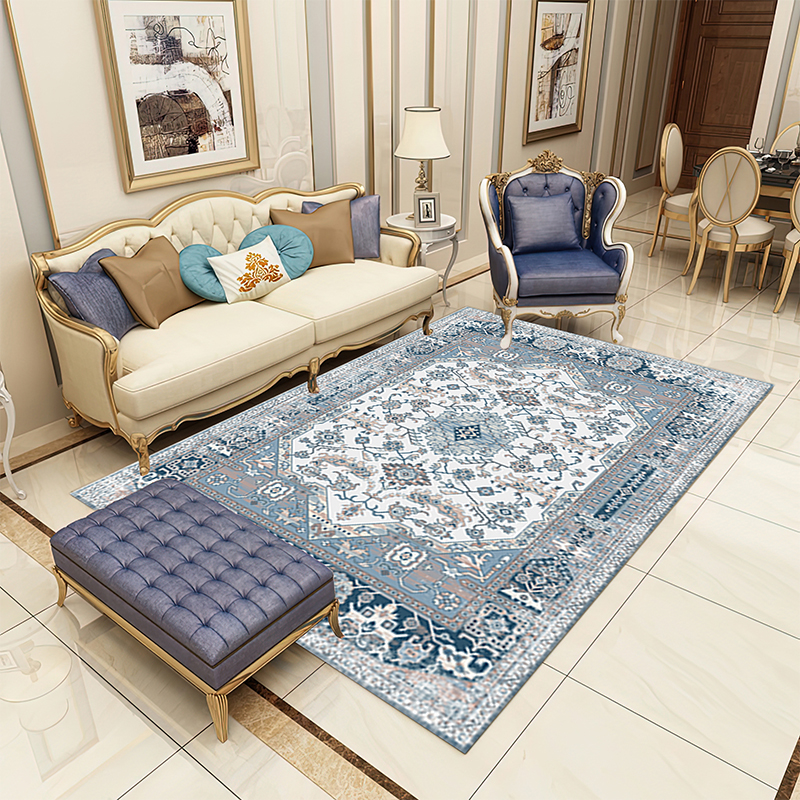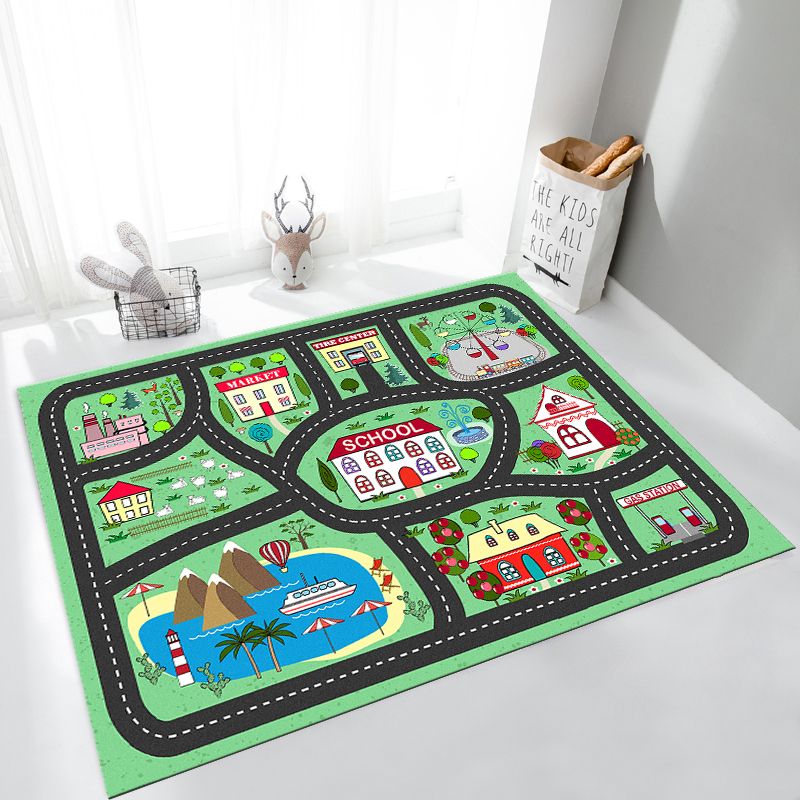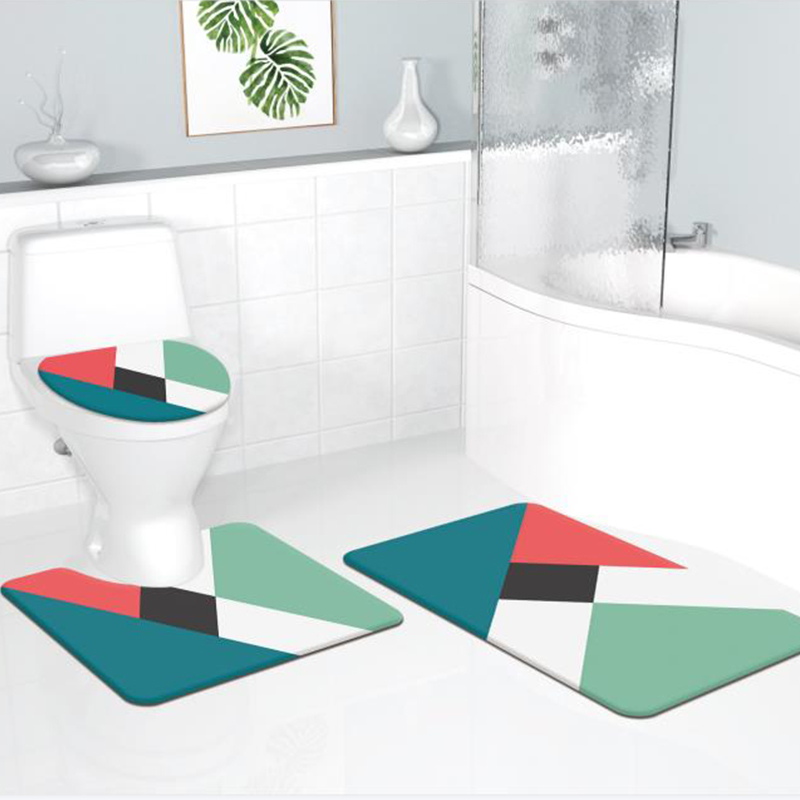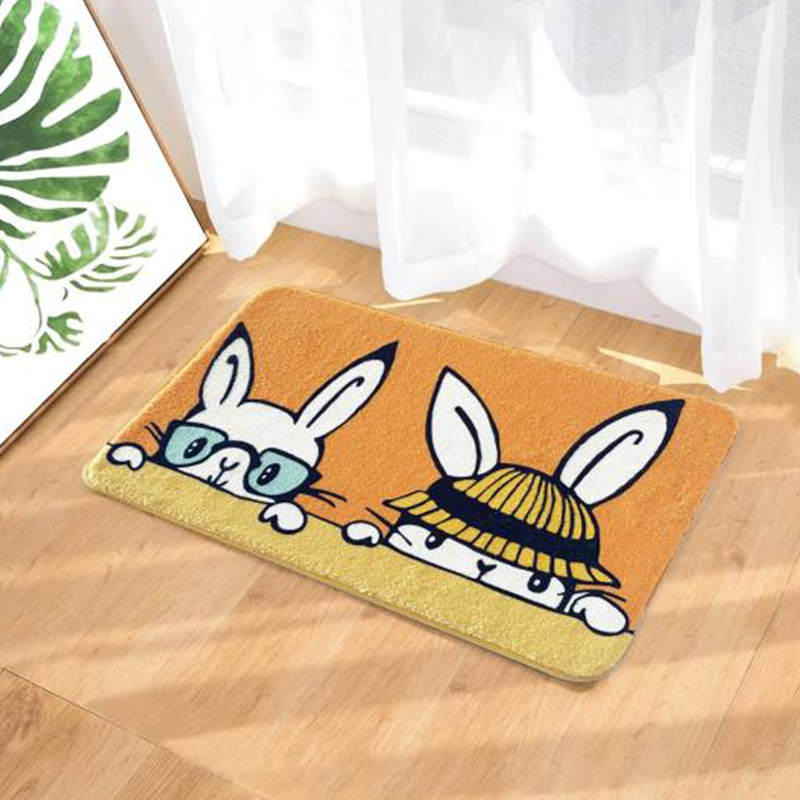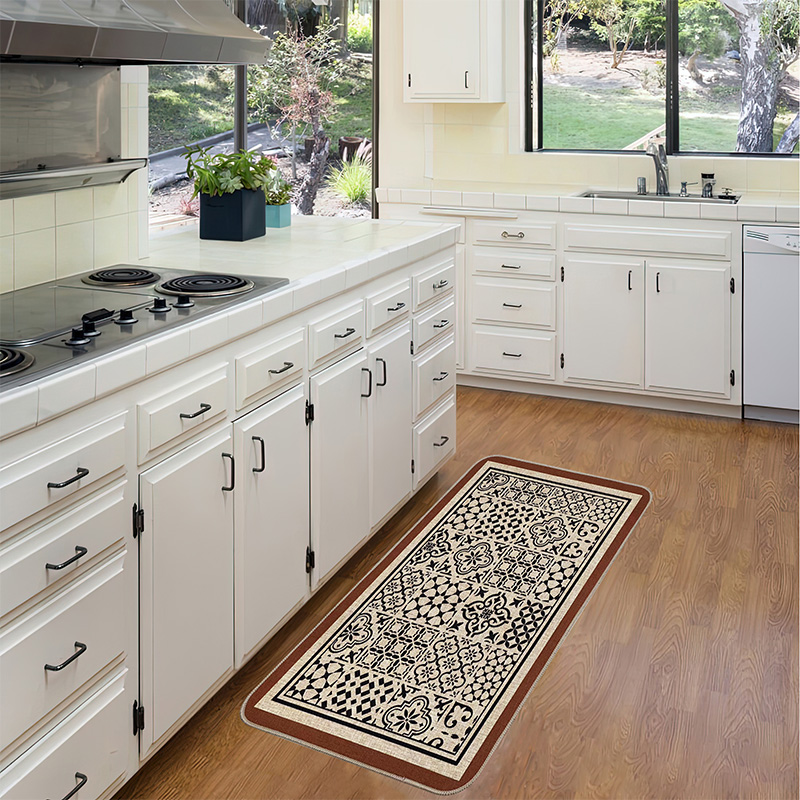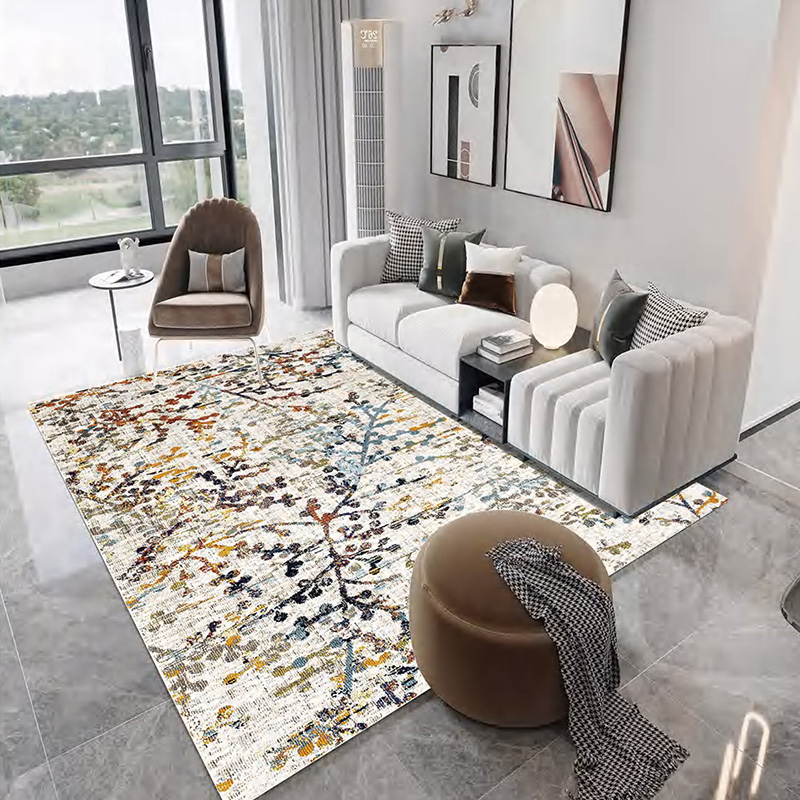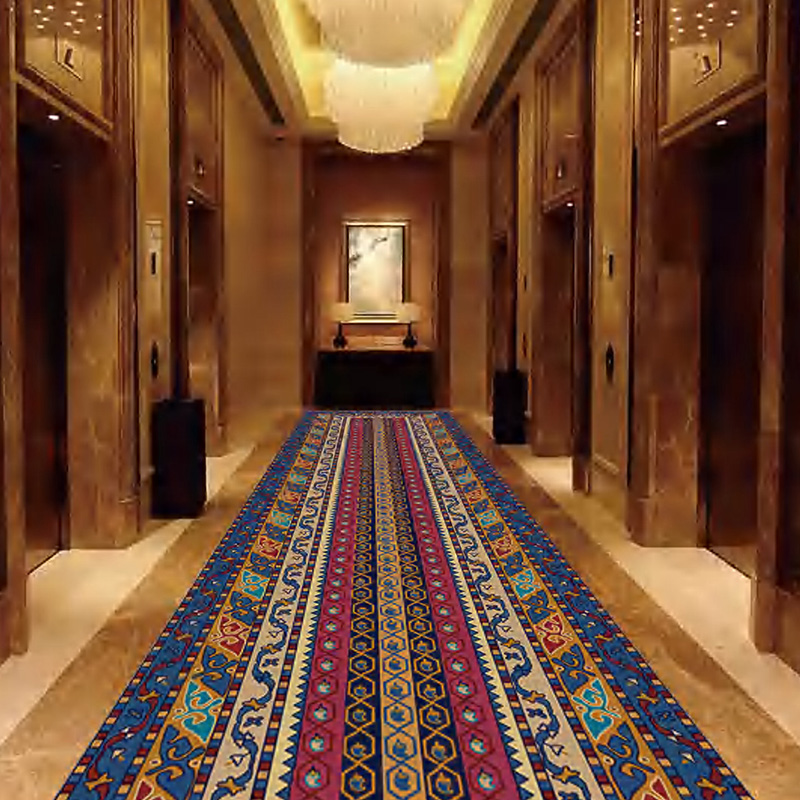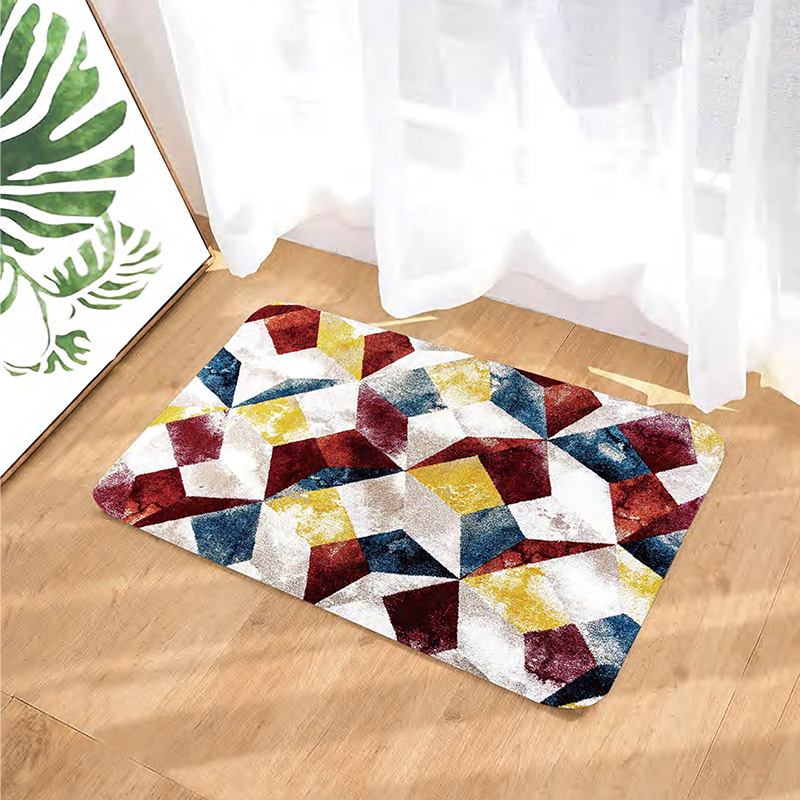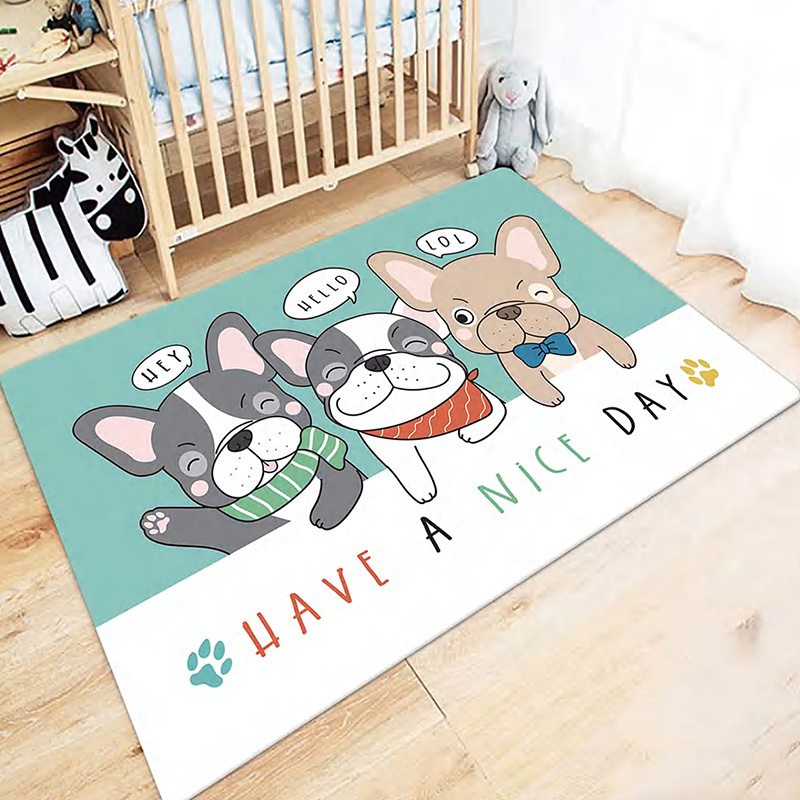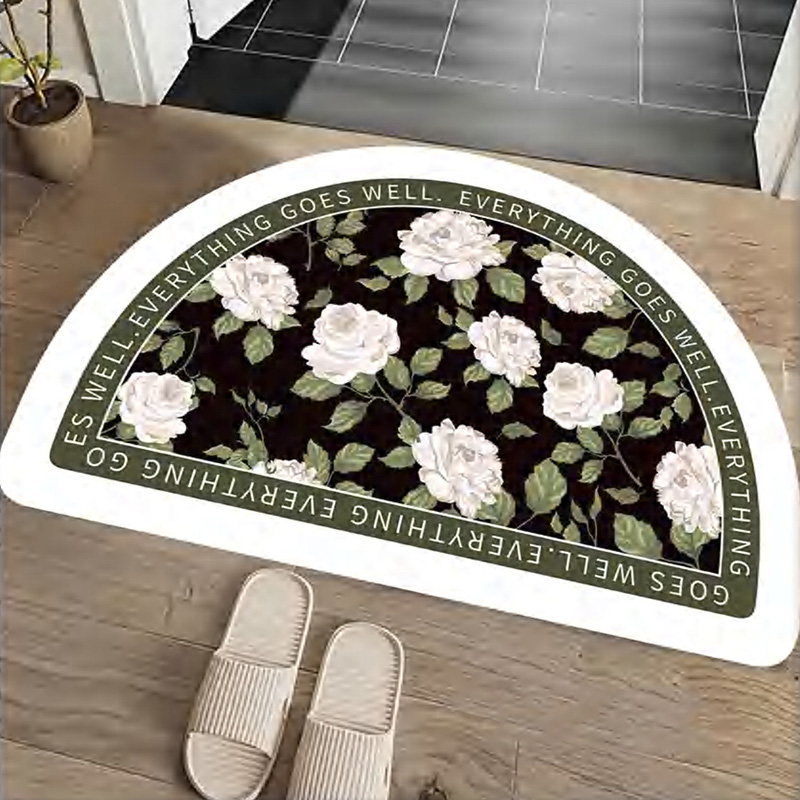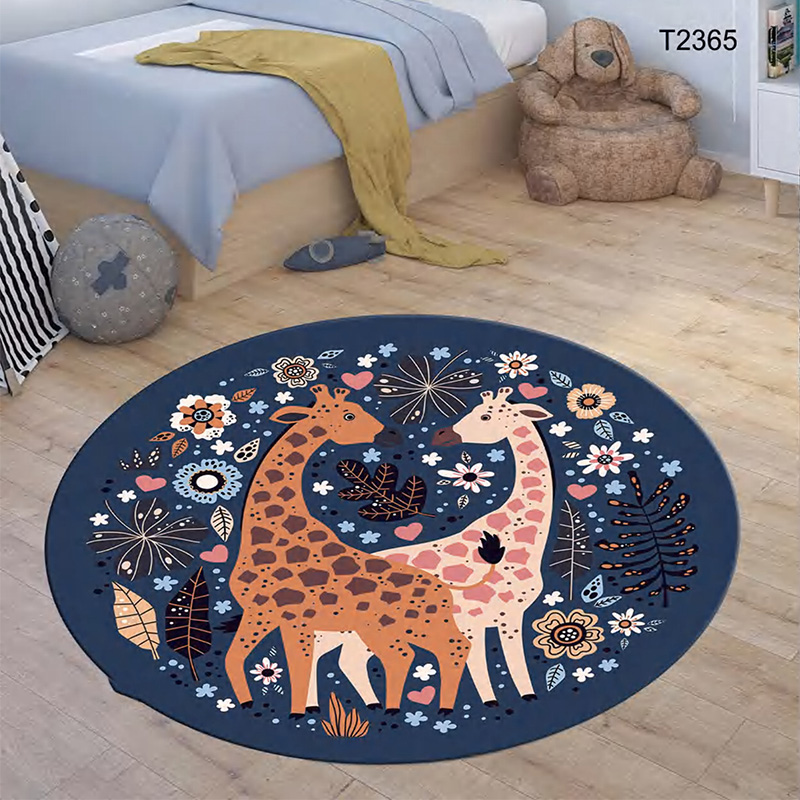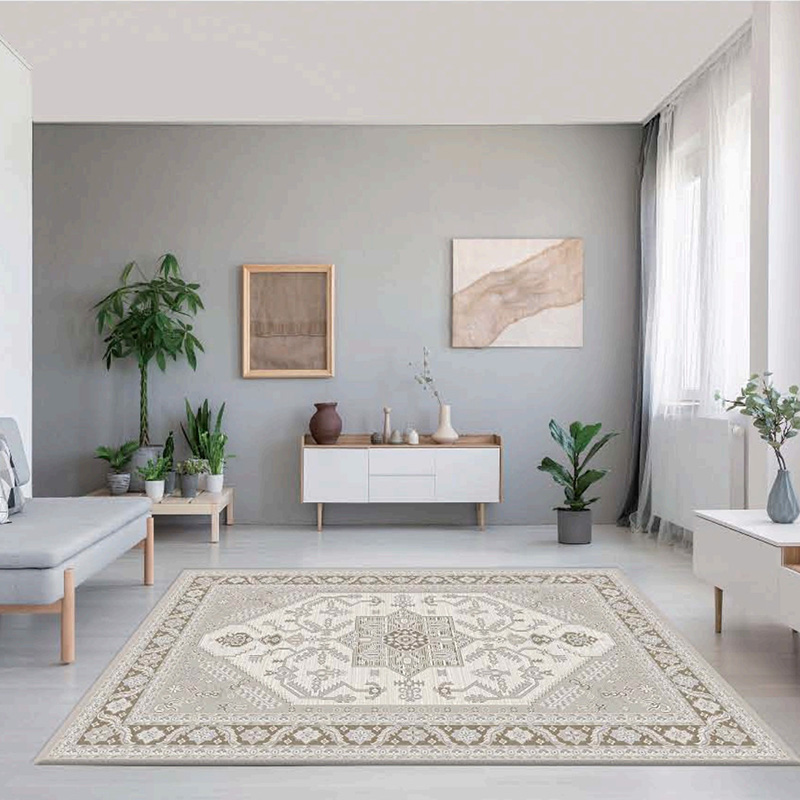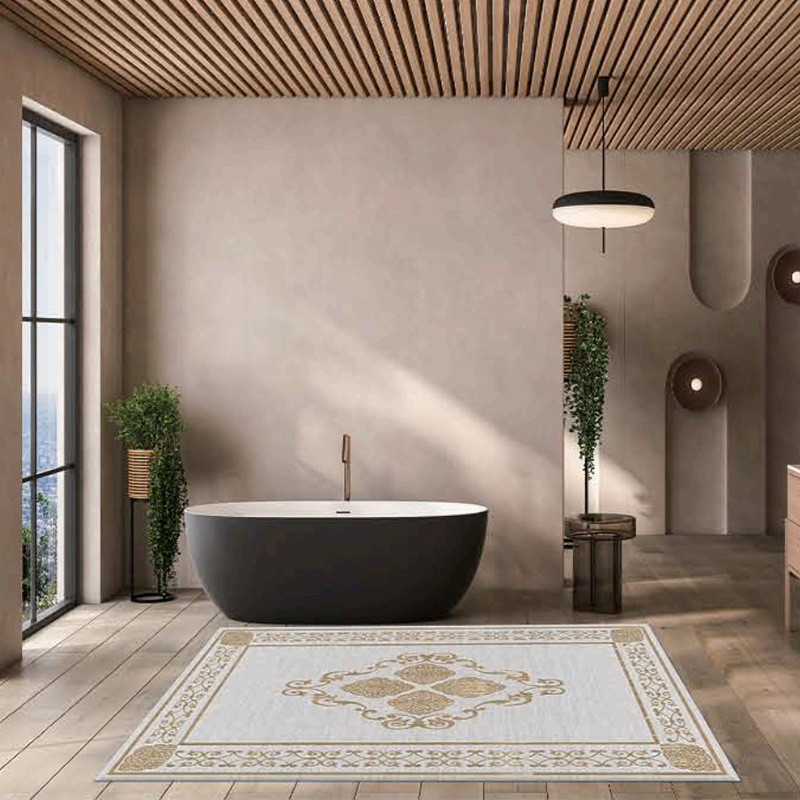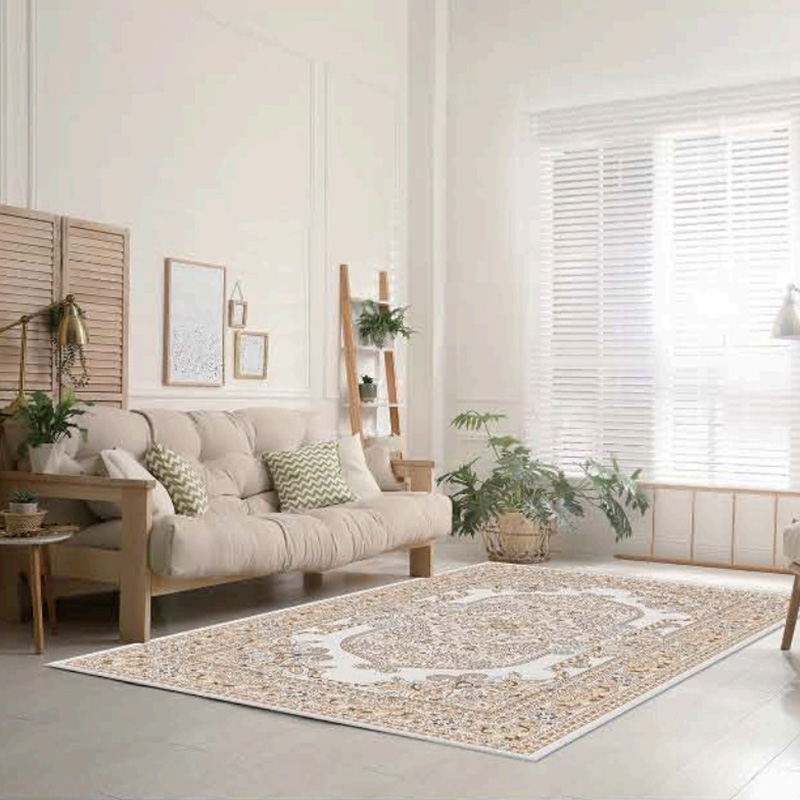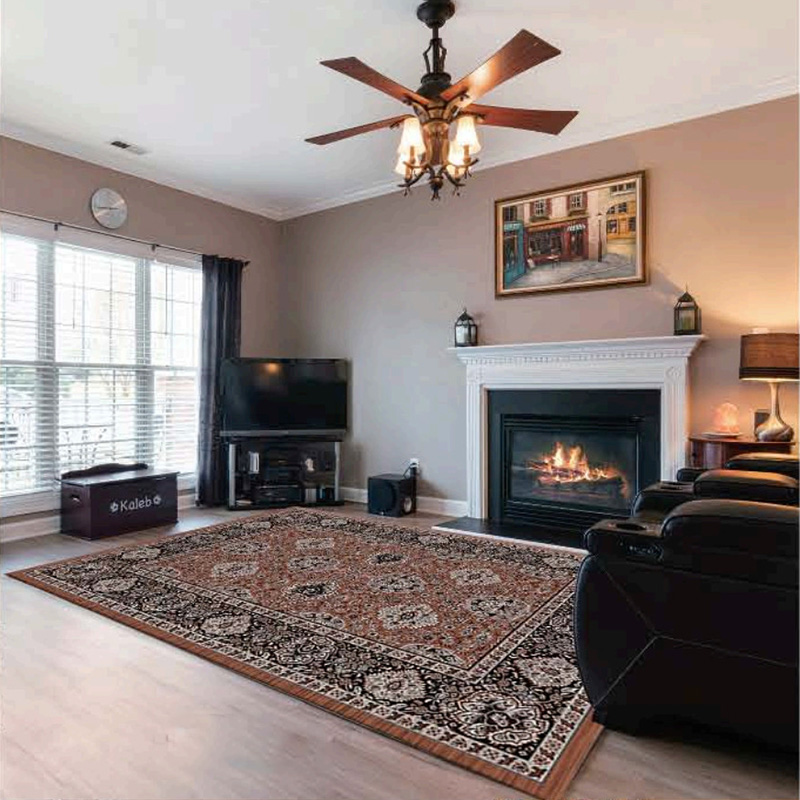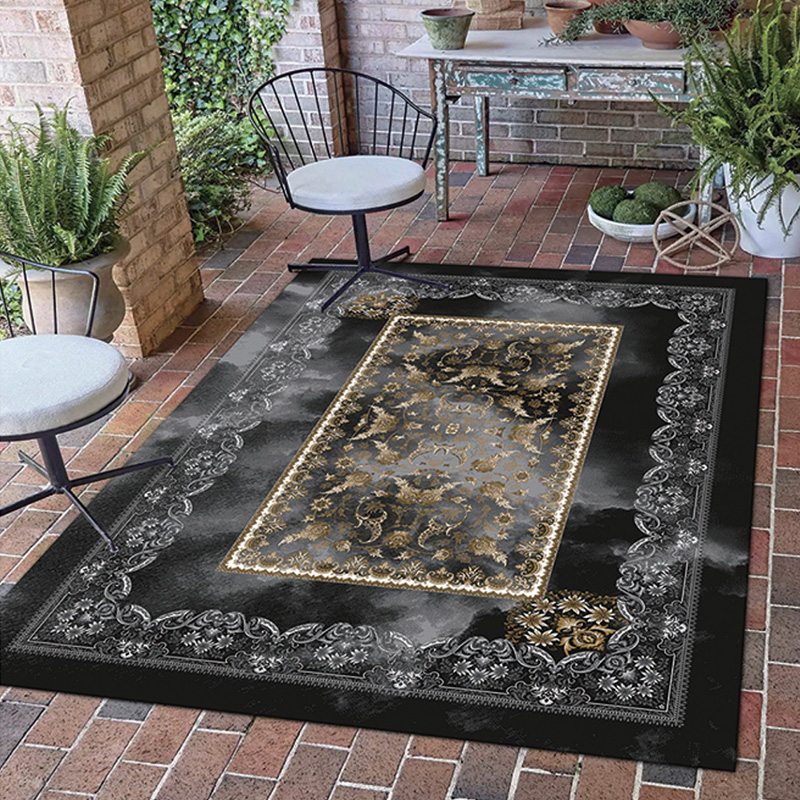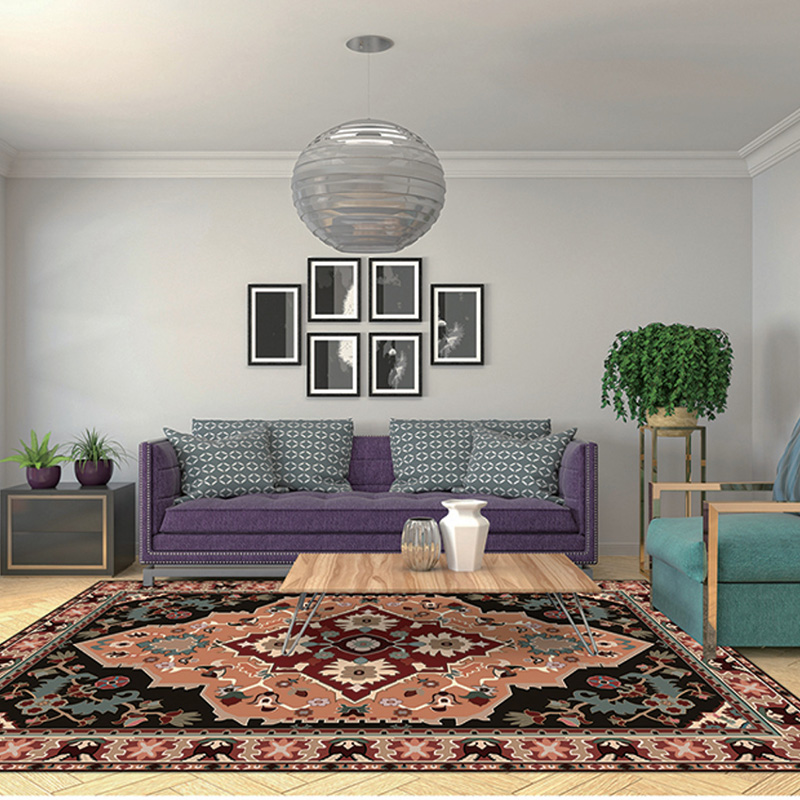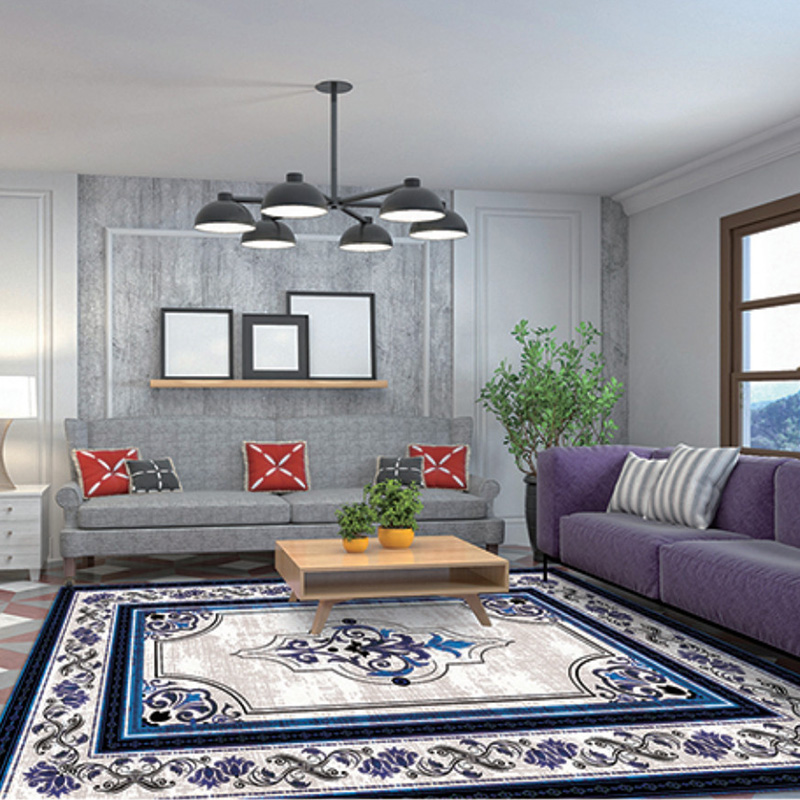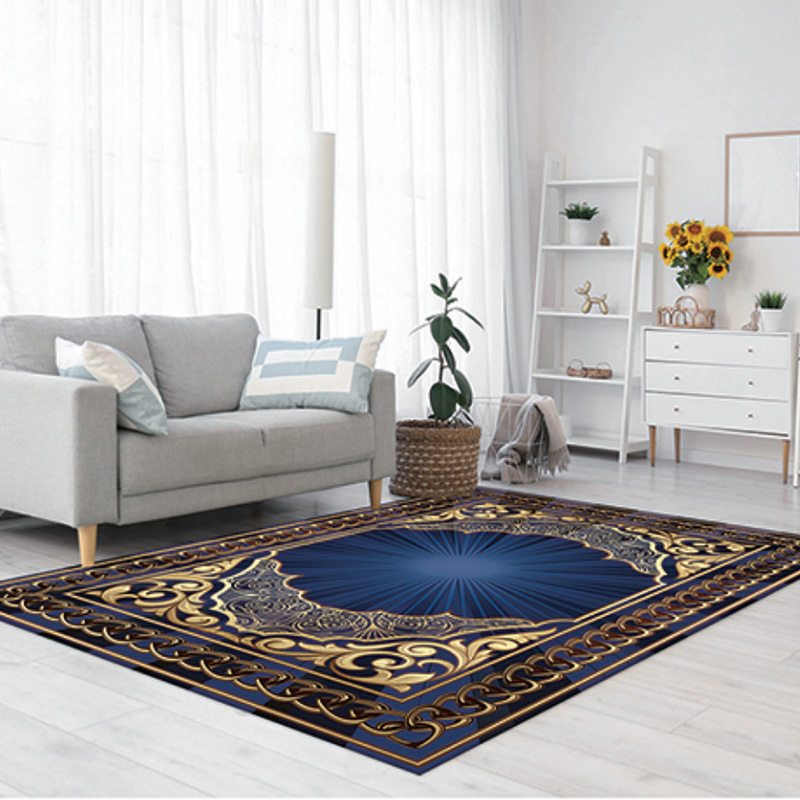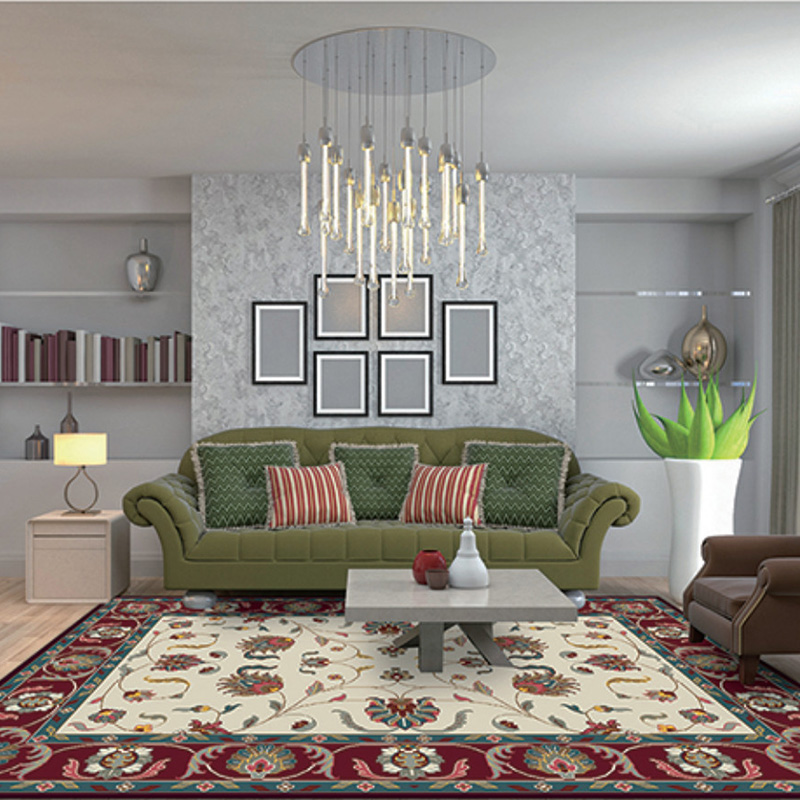As the boundaries between play, learning, and interior design continue to blur, one category of home decor has risen to the forefront: kids rugs. Once viewed merely as colorful floor coverings, kids rugs have evolved into multifunctional tools that influence how children learn, move, and engage with their environment. In the wake of educational design trends and heightened parental focus on child development, kids rugs are now a central fixture in both homes and learning spaces.
A Market Growing with Purpose
According to recent industry research, the global market for children’s home furnishings—particularly rugs—has seen a steady uptick. This growth is closely tied to millennial and Gen Z parents who are more informed, design-conscious, and willing to invest in early developmental products. As parents seek to create nurturing, functional spaces for their children, educational and interactive kids rugs have become a solution.
These rugs serve dual purposes: softening the environment while supporting developmental milestones. From alphabet prints and world maps to number mazes and roadways, modern kids rugs combine comfort with content, encouraging cognitive development through play.
Shaping the Learning Environment at Home
With the rise of homeschooling, hybrid learning, and remote preschool programs, parents are rethinking how their living rooms, bedrooms, and nurseries can support focused, interactive learning. Kids rugs are increasingly being used to define zones within a home—creating distinct play, rest, and learning areas.
Brightly colored rugs with numbers, letters, shapes, or nature themes are frequently used as teaching aids. For toddlers and young children, this kind of visual engagement helps reinforce recognition and memory. For parents, it provides an easy, low-tech method to promote literacy and numeracy skills without screens.
Many designs now even include multiple languages—reflecting growing demand among multicultural and bilingual households for dual-language learning tools embedded into home decor.
Functionality for Everyday Life
Beyond aesthetics and education, kids rugs are prized for their practicality. Parents appreciate rugs that are soft, durable, and easy to clean—especially in high-traffic or messy areas like playrooms or dining zones. Brands have responded by producing washable, stain-resistant, and hypoallergenic options made from synthetic blends, natural cotton, and even recycled materials.
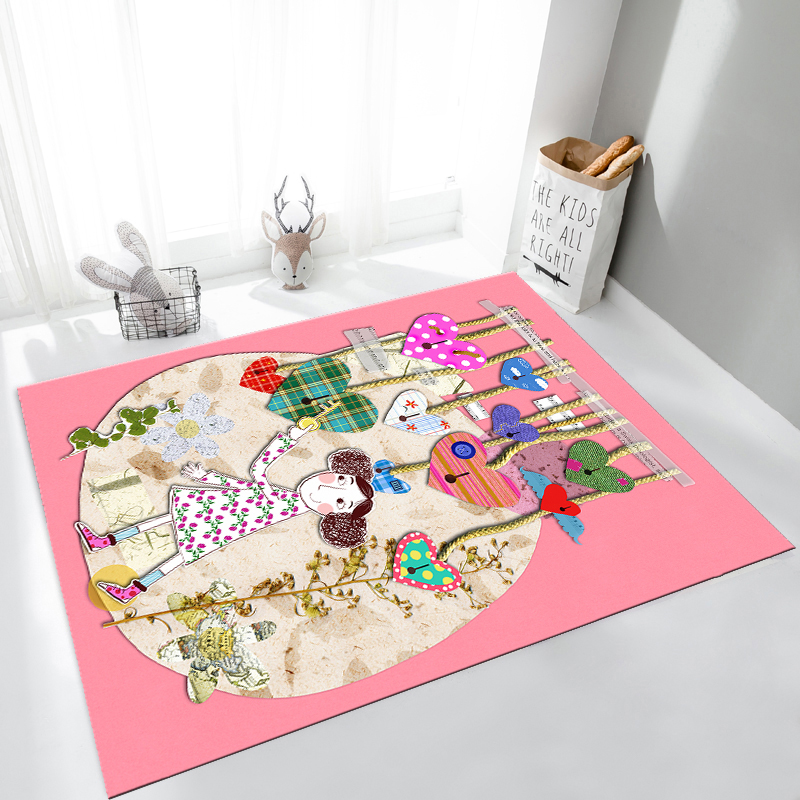
Safety features such as non-slip backings and low-pile construction help reduce tripping hazards, while antimicrobial treatments are increasingly being added to promote hygiene—an important consideration in post-pandemic households.
Sustainability Matters to Parents
Today’s parents are also more eco-conscious. As sustainability becomes a defining factor in purchasing decisions, eco-friendly kids rugs are gaining popularity. Many manufacturers now highlight their use of organic dyes, biodegradable fibers, and low-emission manufacturing processes.
Brands offering transparency in their sourcing and production methods—along with third-party certifications like GOTS (Global Organic Textile Standard)—are finding greater traction among conscious consumers. These attributes are not just selling points; they align with parental values and reinforce trust in the product.
Retailers Adjusting to Design-Savvy Parents
Major home furnishing retailers, from IKEA to Pottery Barn Kids, are expanding their kids rug collections, tapping into the growing demand for curated, theme-based decor. Online marketplaces like Etsy and Wayfair are also flourishing, offering customized and handmade rug options that allow parents to tailor designs to their child's interests—be it outer space, under the sea, or jungle animals.
This move toward personalization is reshaping how parents shop for home decor. Instead of treating rugs as afterthoughts, they are now viewed as statement pieces that can pull together entire room themes and influence how children interact with their space.
From Classrooms to Clinics: Institutional Demand Expands
While much of the kids rug boom is happening in homes, there’s growing demand from schools, daycare centers, pediatric clinics, and libraries. These institutions are seeking durable, themed rugs that promote order and engagement—whether for story circles, group activities, or waiting rooms.
Manufacturers are responding with commercial-grade collections that are both educational and compliant with fire safety and sanitation standards. The ability of a rug to engage children while also meeting institutional safety and cleaning needs has made it a staple beyond the home.

 英语
英语 阿拉伯语
阿拉伯语 德语
德语
